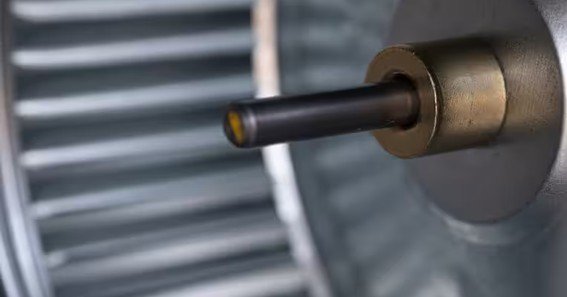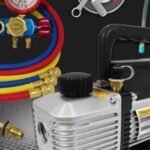If you’re wondering about ac motor replacement cost, you’re probably dealing with a failing blower motor, compressor motor, or condenser fan motor in your home’s HVAC system. Replacing an AC motor is a crucial repair that can restore your air conditioner’s performance and energy efficiency. In this blog, we’ll break down the various factors that influence replacement costs, discuss typical price ranges, and provide tips for making the most of your investment.
1. Common Reasons for AC Motor Failure
-
Age and Wear: Most AC motors have a lifespan of 10–15 years. As internal components deteriorate, motors can malfunction.
-
Lack of Maintenance: Dust buildup, inadequate lubrication, or worn parts lead to overheating and eventual motor failure.
-
Electrical Issues: Power surges or faulty wiring can damage internal windings.
-
Incorrect Sizing: An improperly sized motor may overwork and fail prematurely.
2. Factors Affecting AC Motor Replacement Cost
-
Type of Motor: AC systems use different motors (blower motor, condenser fan motor, compressor motor). Costs vary depending on motor type and power rating.
-
Brand and Quality: Higher-end brands or upgraded, more efficient motors generally cost more but often last longer.
-
Labor Rates: HVAC professionals charge varying labor fees based on region, experience, and complexity of the replacement job.
-
Warranty Coverage: If your HVAC system is still under warranty, part of the replacement cost may be covered.
-
Availability of Parts: Hard-to-find or specialty motors might come with higher price tags and longer wait times.
While the exact cost depends on the factors above, homeowners often report spending anywhere from $200 to $1,500 for AC motor replacement. Here’s a rough breakdown:
-
Blower Motor Replacement: $300–$900 (typical range)
-
Condenser Fan Motor Replacement: $200–$700 (typical range)
-
Compressor Motor Replacement: $800–$1,500 (more complex and expensive)
Always consult a licensed HVAC professional to get an accurate quote for your specific system.
3. Tips to Reduce Replacement Expenses
-
Schedule Regular Maintenance: Preventative checks and cleaning can catch issues early, reducing the risk of premature motor failure.
-
Compare Quotes: Get estimates from at least two or three HVAC technicians to ensure you’re paying a fair rate.
-
Consider Upgraded Motors: Energy-efficient motors can save you money on electricity bills over time.
-
Check for Warranty: Some warranties may cover parts, labor, or both. Verify what’s included before paying out of pocket.
4. When to Repair vs. Replace
-
Repair: If the motor issue is minor (e.g., a bad capacitor or small wiring fault) and the rest of the unit is in good shape, a simple repair could be sufficient.
-
Replace: If the AC system is more than 10–15 years old and the motor has failed, it might be more cost-effective to install a new motor—or even consider replacing the entire system if multiple components are near the end of their lifespan.
Frequently Asked Questions
-
How long does it take to replace an AC motor?
It generally takes between 2–4 hours for a professional HVAC technician to remove the faulty motor, install a new one, and test the system. -
Is it necessary to replace the capacitor when changing the AC motor?
Many professionals recommend replacing the capacitor alongside the motor to ensure both components operate efficiently. Capacitors often degrade over time, leading to motor issues if not addressed. -
Can I replace the AC motor myself?
While some individuals with electrical and mechanical experience may handle minor repairs, replacing an AC motor is usually best left to certified HVAC technicians due to potential safety risks and warranty concerns. -
Does a new motor improve energy efficiency?
A properly functioning or upgraded motor often reduces energy consumption compared to a failing or outdated one. You could see noticeable savings on your utility bills. -
Should I replace my entire AC unit instead of just the motor?
If your AC system is older or showing multiple signs of wear (e.g., frequent breakdowns, poor cooling, high energy bills), replacing the entire unit may be more cost-effective in the long run.










